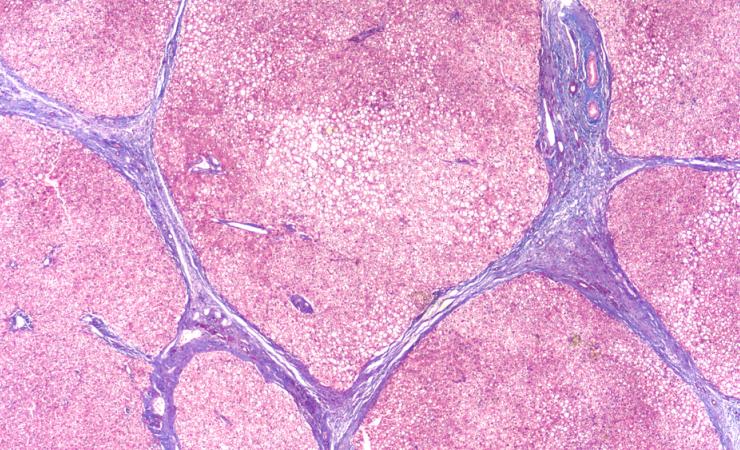Liver diseases kill some 300 000 people in Europe every year. Some of the biggest risk factors for liver disease are obesity, type 2 diabetes, and alcohol consumption, and as all of these are on the rise, cases of liver disease are likely to increase as well in the coming decades.
Many liver diseases are ‘silent’ in the early stages, and by the time people develop symptoms and seek medical help, their liver may be irreversibly damaged, meaning a liver transplant is the only effective treatment. If we could detect cases of liver disease early on, further damage could be prevented and in some cases, existing damage could even be reversed.
The LIVERAIM project’s overall goal is to set up a screening platform to detect cases of liver disease early on, so that patients can take steps to protect their liver before it’s too late. As the silent phase of the disease can last for two decades, there is a clear window of opportunity to take action here.
Previous research has found a number of biological markers of liver damage, but they have not yet been tested in large numbers of people in the general population. LIVERAIM will take biological samples and data from earlier projects (including the IMI project LITMUS) and use them to evaluate the ability of these biomarkers to detect which patients have liver damage and which do not. The results of this work will be analysed using standard statistics and artificial intelligence (AI) with the goal of developing a biomarker platform.
The platform will then be validated in a randomised clinical trial to prove the benefit of a screening programme. People diagnosed with liver disease will receive personalised advice designed to halt the progress of the disease. For the majority of patients whose liver disease is linked to factors such as obesity and alcohol use, the advice and support will focus on helping patients to change their lifestyle.
“Overcoming the longstanding obstacle of effectively testing and comparing current tools on a large scale, as well as advancing various therapeutic approaches, has been a challenge,” said industry co-leader Bruno Golding of Roche Diagnostics International. “However, with LIVERAIM serving as an encompassing initiative, this crucial question can now be addressed. Through the IHI programme, the LiverAim team has been afforded the opportunity to establish a premier consortium aimed at enhancing research efforts to combat this underrepresented health issue in general populations.”
Ultimately, by helping patients to protect their livers, LIVERAIM will help to reduce the burden of liver disease on patients, their families, and health systems.
“LIVERAIM is one of the most important initiatives to date in the chronic liver disease research field. It builds on previous work performed in identifying and simplifying diagnostic tools to detect those in the general population who have onset early-stage liver disease,” said project coordinator Pere Ginès from FRCB-IDIBAPS / Hospital Clinic Barcelona. “The development of a personalised therapeutic application for use by healthcare professionals and patients will in turn reduce the health and economic burden currently experienced by health systems across Europe and around the world. Our goal is to ensure the currently under acknowledged problem of identifying early, silent liver disease will be given the attention and importance required along with the tools to tackle the epidemic that is looming on the horizon.”
